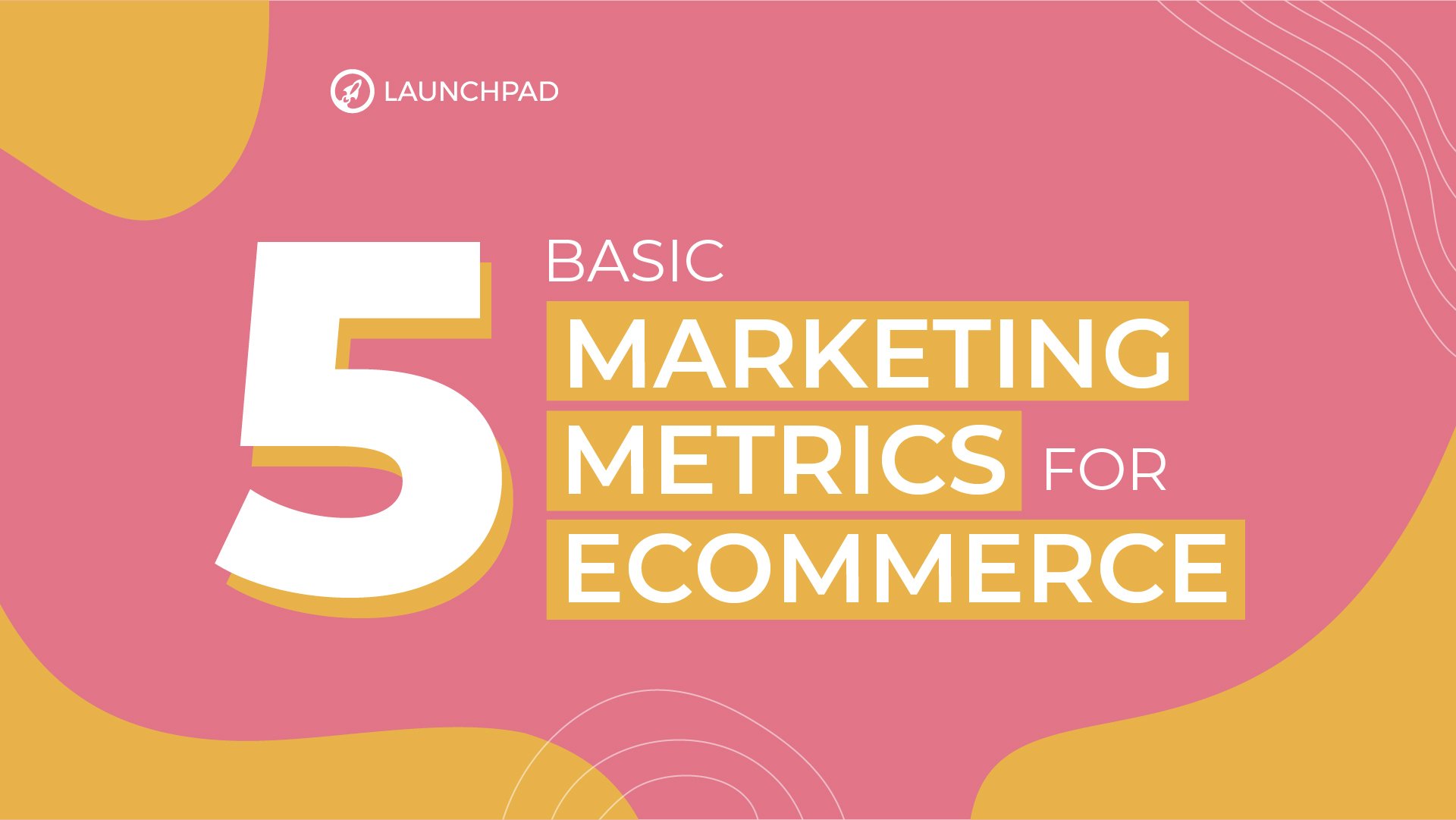
E-commerce marketing metrics are measurements used to determine the growth of your business. Most eCommerce entrepreneurs are obsessed with metrics but the jury is still out on whether they’re tracking the right things. Don’t worry, we’ve highlighted the key metrics for eCommerce that you should be worried about. They include:
1. Website traffic
Tracking your website traffic is key to understanding how well your website is doing.
a) Traffic sources
Traffic sources tell you where your visitors are coming from. Such as:
- Organic search
- Referrals
- Direct visits
- Social Media
Based on this, you’ll know whether you need to modify your social media marketing strategy, SEO strategy, or something else.
b) New vs Returning visitors
This metric tells you how many people you’re attracting newly to your site versus who is returning. It gives you insight as to whether you should be increasing brand exposure efforts to new traffic or ramp up content and conversion efforts to returning visitors.
2. Conversion rate
A conversion rate is defined as the percentage of visitors that visited your website who complete a desired action.
A desired action could be:
- An online sale
- Email sign up
- Social media share
- A visitor adding product to cart
- A visitor adding product to wishlist
- Any KPI that is viewed as valuable
According to PPC agencies and e-commerce gurus like BigCommerce, the average conversion rate is between 1% and 2%.
What does this mean? If you have 1000 visitors to your website and 10 make a purchase, your conversion rate is 1%. Therefore, the conversion rate is the ratio of a number of sales to a number of visitors to your website.
If you improve your conversion rate from 0.1% to 1%, you'll have increased the number of sales by 10. It also means that you can confidently direct audiences to your online store and convert visitors into buyers.
3. Bounce rate
The more time visitors spend on your site, the more likely they are to convert into paying customers. It’s also a good ranking signal to search engines like Google as it determines whether certain website contents retain visitors or not. However, time spent on site is not easy to measure and factors such as a site that has been sitting on an open browser for long, it can skew your results. In most cases, higher time on site indicates that visitors like what they see on your website.

4. Traffic source
Many entrepreneurs may agree that they use a lot of money in getting traffic but do not know if these methods are working. That's why it's important to track this metric. Advertisements are essential in improving sales but one needs to determine how this translates into sales. To improve the return on investment (ROI) that you get from money spent on traffic sources, follow this guide:
a) Avoid spending money on insufficient channels
If you realize a certain channel is not producing good results stop spending time and money on it. You should test multiple channels to determine which one works for your business and focus your efforts there.
b) Double down on profitable channels
If you realize a channel that's over-delivering on results, that's your chance! Scale up that channel and invest more money and time into it.
5. Click-through rates
This is a digital marketing metric that measures the ratio of total impressions to clicks in search and display advertising. CTR shows the effectiveness of ads, descriptions, and titles of online mediums. A high click-through rate indicates relevant content with an engaging copy. Good sales copy that increases click-through rate can impact a business by driving more qualified traffic. Like most digital marketing metrics, CTR is not a final indicator of success. If
6. Cart abandonment rate
Based on statistics by the Baymard Institute, the average abandonment of shopping cart for eCommerce is 69.89%. This may be caused by high costs of shipping, website errors and declined credit cards. Some visitors may also want to just browse around and may not be ready to buy. To reduce the rate of cart abandonment, you can take the following steps:
- Increase trust in the buying process by having well-known security logos such as: Verified by Visa, Verisign secured, Norton Secured, etc.



- Decrease unexpected price shocks on shipping or delivery costs by letting the customer know the fees way in advance, instead of at the last stage of the checkout process.
- Send an autoresponder email if they decide to abandon their cart at the end of the checkout. In the email, show the items that they have left in the cart and include a call-to-action button to lead them back to your website. You can offer a discount on one of the series of email sent to them.
- Use Facebook remarketing to target those who visited your website but failed to make a purchase. A Facebook tracking pixel on your website can capture the visitor behavior and attach a cookie to the visitor. Dynamic ads targeted to those customers based on the products they viewed will attract them to finalize the purchase.
- Include social proof such as product review and testimony to each product. This will allay any concern that the prospective customer has.
In Conclusion
Depending on your site's goal, there are numerous metrics to measure and analyze your business. Focus on improving these metrics and you'll see your business grow steadily. Remember, what you can't measure you can't improve.




